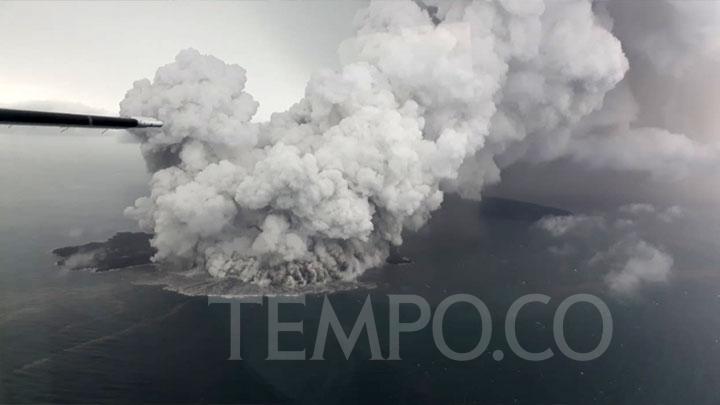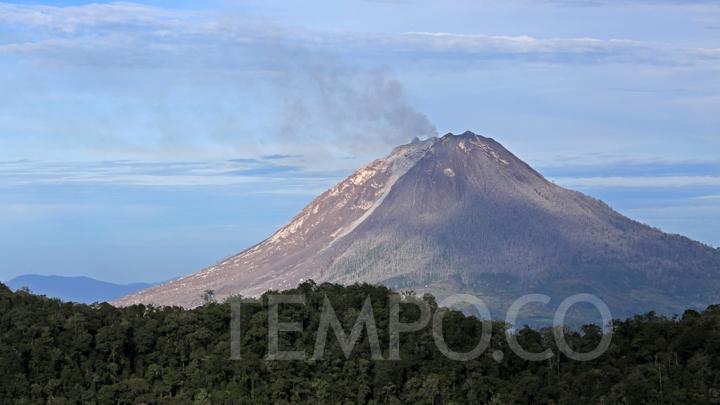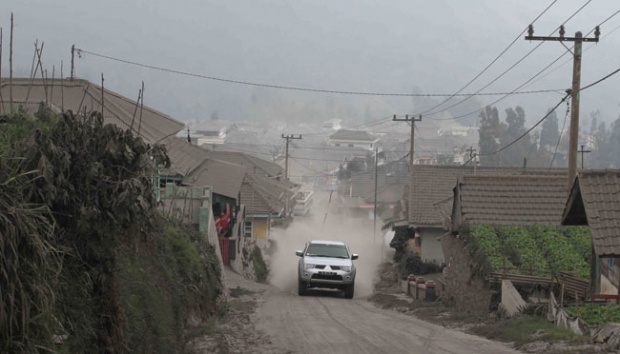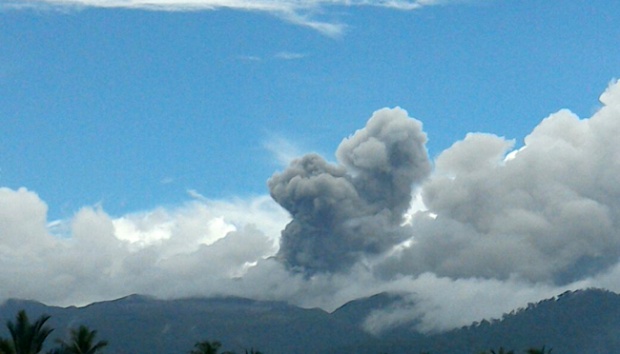
TEMPO.CO, Jakarta - Mount Agung in Bali has erupted again this morning spewing dust clouds up to 1,500 meters above its crater or 4,642 meters above sea level.
“The ash cloud is observed as a thick intense cloud that tends to face the southeast region and west,” said the National Disaster Mitigation Agency (BNPB) spokesman Sutopo Purwo Nugraha on Sunday 14 July.
The Vulcanology and Geological Disaster Mitigation Center (PVMBG) stated that the eruption was recorded by the agency’s Seismograph and saw that it had maximum amplitude of 24 millimeters during 1 minute and 45 second duration.
According to Sutopo, the status of Mount Agung is currently at alert level three status or ‘siaga’ and recommends people to not conduct any activities in the region considered to be within the danger zone, which includes hiking.
The danger zone is set in a 4 kilometer radius from Mount Agung’s crater.
The Ministry’s second recommendation is for residents that live and conduct activities near the lakes that disembogue at Mount Agung to avoid any secondary danger threats such as volcanic mud flow that can potentially take with it the materials prior to the eruption.
BUDIARTI UTAMI PUTRI























